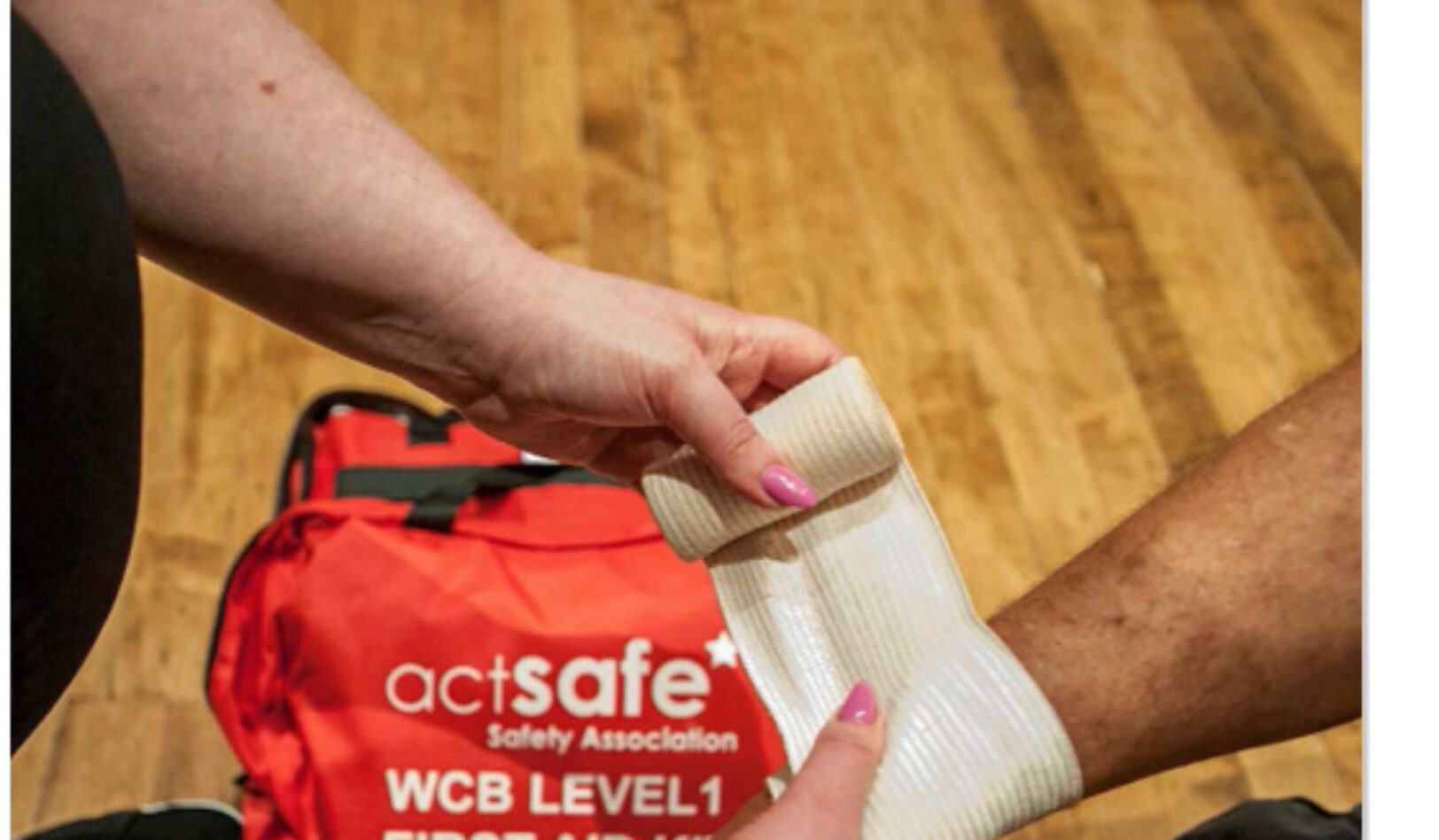
Written by Don Parman, Manager of Performing Arts Programs and Services, Actsafe Safety Association. To get in touch withDon; donparman@actsafe.ca or call 604 733 4682 Ext. 112.
After reading the fabulous articles submitted by my safety colleagues Eric Stuart and Desiree Hamilton ( for our Fall 2019 edition of Safety Scene), I was left wondering what I could offer that would add to the conversation. Then it hit me! I could give you some real world examples of emergency preparedness that would resonate with our industry.
Scenario #1
A theatre in a northern BC community was hosting a symphony concert in mid-February when the fire alarm was activated halfway through the first act. Establishing it was in fact not a drill, the volunteer ushers and theatre manager dutifully executed their emergency plan, which called for the immediate evacuation of the building.
They promptly guided the audience and symphony members outdoors into the -30 degrees winter weather, much to the dismay and concerns of the patrons and artists involved.
– What would your team do?
Scenario #2
During a chat with a colleague of mine last year, we got onto the topic of evacuation plans. Having recently moved into new offices, they were equipped with a new evacuation plan for their new facility provided by the safety engineer for the project and approved by the municipality. It was a well written and compliant plan, though I noticed there was a potential issue with one of the muster points identified in the plan. The plan called for the office to evacuate through a fire exit onto the main concourse of a stadium complex.
– What happens if the stadium and your offices have to evacuate at the same time?
Scenario #3
A tour bus caught fire outside of a large urban venue during a show. The staff started their evacuation plan, only to realize that they were likely sending patrons directly into the fire zone.
After some confusion and redirection, the patrons were redirected to other exits. No one was injured during the event.
– How would your team react in this scenario?
All three of these examples have come across my desk in the past two years, but they are by no means the only ones. So, how do we prepare for all emergencies? As Eric Stuart said in his article: “What you have to do is plan to deal with reasonably foreseeable emergencies.”
So, how do we prepare for all emergencies?
As a result I have now began looking at the art of emergency preparedness differently.
Plan!
- Review your emergency preparedness plan annually but through different lenses; for example, as a patron, as a volunteer, or in different conditions. Does rain, snow, or a storm change your plan?
- Run drills as required, but also run scenarios. Pretend an exit is blocked, the hallway is flooded, or the streets are full of zombies! What should you do?
- Involve the front-line staff in the plan. After all, they are the ones that have to execute the plan and they will have also have solutions.
- Look for new hazards or obstacles on a regular basis. The city changing intersections or traffic patterns can affect your evacuation routes or the ability for emergency services to reach you. Construction on your site often impacts emergency plans.
Encourage positive outcomes!
- Start looking at the results of a drill or incident in a different light. Instead of asking, “Did they follow the plan?” ask, “Did everyone get out safely?”.
- Getting everyone out safely is the desired outcome. Just because it didn’t follow the designed plan, doesn’t mean it wasn’t effective. Learn from it.
- Welcome input and reporting. Any insights to safety should be encouraged and followed-up on.
- Being able to think objectively and quickly will save lives as part of your emergency plan.
If you would like some assistance with your emergency preparedness program, contact the Actsafe team to arrange a visit, or sign-up for our Peer Safety Inspection Program and we can walk you through scenarios and offer ideas and resources to help you improve your safety game!
This article was featured in the Fall 2019 edition of our quarterly newsletter Safety Scene.
To begin reading, click here!



Share Now: